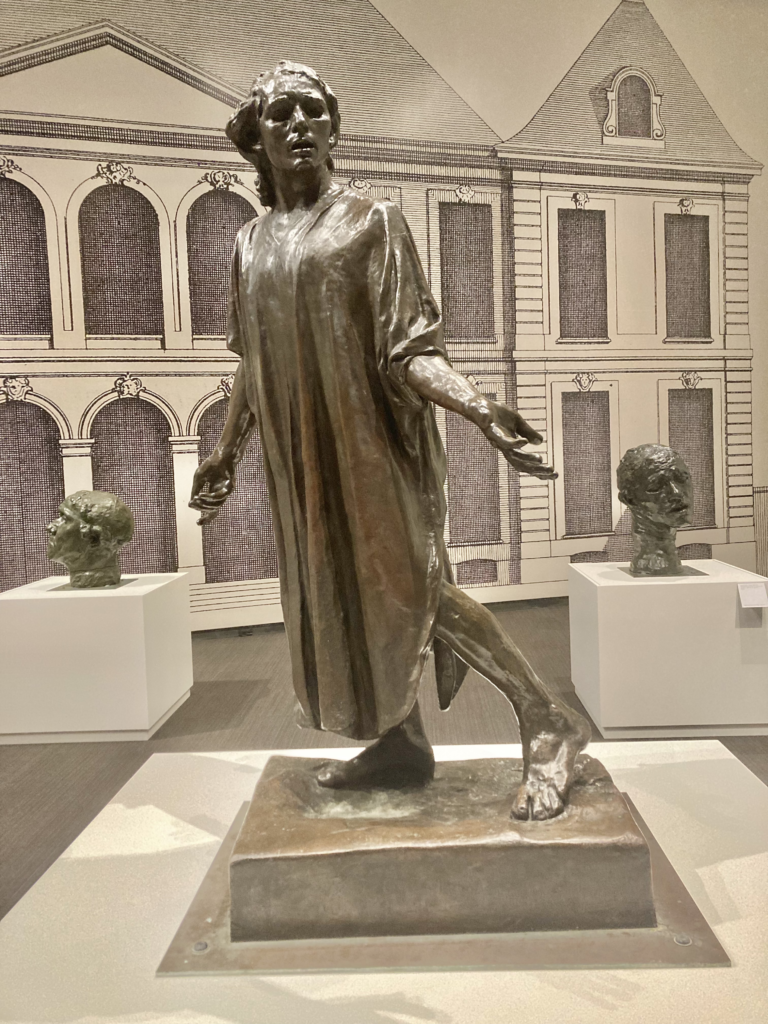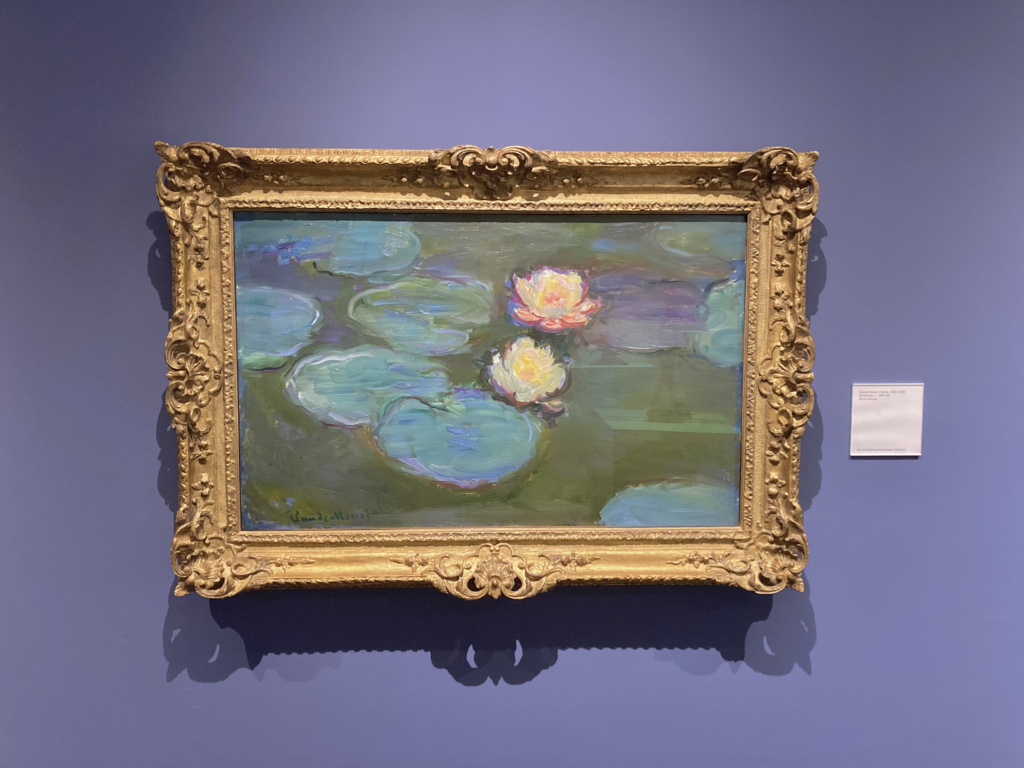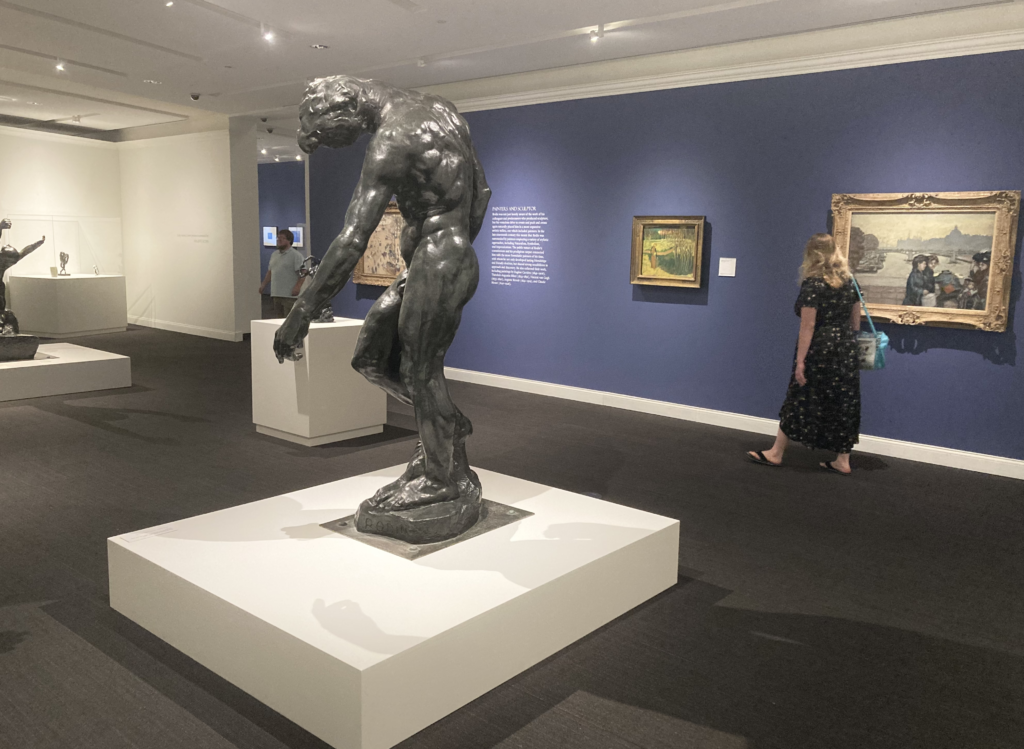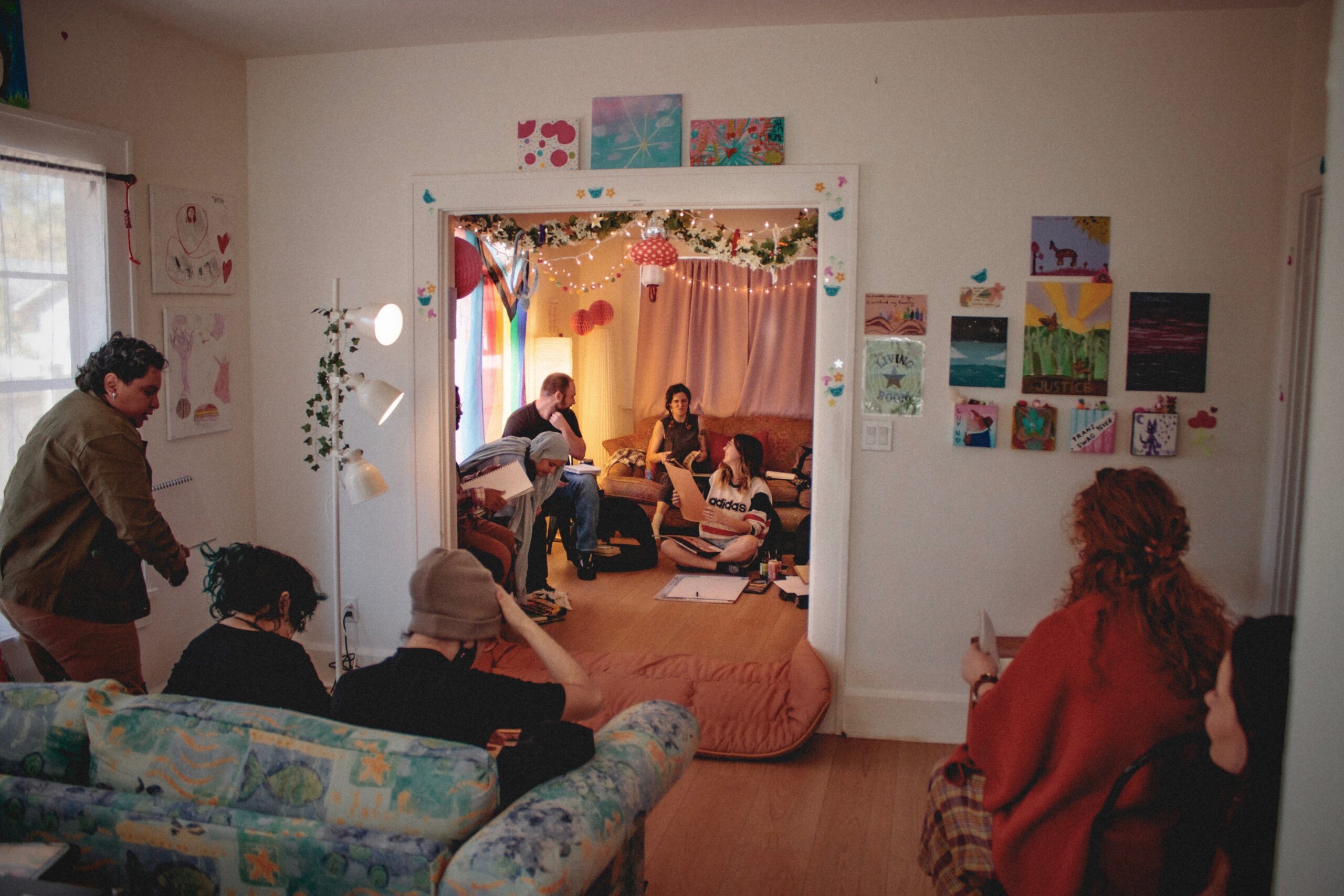Courtesy of Lily Cannon | The Crow’s Nest
“I obey nature, I never presume to command her,” Impressionist Vanguard Auguste Rodin said in a 1911 interview with author Paul Gsell.
The preceding 40 years of his sculptural work across France embodied this principle –– all elongated limbs and haunting faces pulling from their ephemeral human subject.
Rodin’s fusion of sensuality, tragedy and history is the main inspiration for the St. Petersburg’s Museum of Fine Arts (MFA) newest exhibition “True Nature.”

Opening its doors at the Hazel Hough Wing last Saturday –– exactly 182 years after the artist’s birth –– the MFA takes visitors through a garden of Rodin’s best work, from his classical portraits of celebrated French novelists Honoré de Balzac and Victor Hugo, to his interpretations of mythological favorites Orpheus and Iris.
The sculptures tower over viewers, standing in poses reminiscent of Greek deities. The exhibition’s layout enhances immersion into Rodin’s world via a mural of French Gothic architecture plastered against the walls. All of these curatorial decisions contextualize the 19th century artist and his tortured persona.
Rodin achieved success later in his life at age 37 after he was rejected from the École des Beaux-Art on three separate occasions. The lack of a conventional education, however, provided Rodin with a unique eye towards classic sculpture and later emboldened his transition into the Impressionist and Romantic movements.

His approach to the masculine figure emphasized their strength and defiance, but their overt sexuality garnered both praise and criticism.
The controversy surrounding his work eventually boiled over in 1891, during the unveiling of his partially-clothed depiction of Balzac at a salon. Although the sculpture was eventually removed from public showing, it defined Rodin as the avant-garde creator he is remembered as.
The MFA showcases both the likeness of Balzac and Hugo in all of their naked glory, positioned in either the contrapposto or in a gracefully-hunched posture akin to Rodin’s most famous work, “The Thinker.”
Rodin’s repertoire wouldn’t be complete without sculptures invoking the intense melodrama that pervaded the artist’s own life. His sordid relationship with fellow sculptor Camille Claudel, which ended with her involuntary commitment to an asylum in 1898, accumulated much public speculation attaching itself to his reputation post-mortem.

On display in the Hough room, a dramatic interpretation of Orpheus’s journey conveys a sense of tragedy that pervades Rodin’s work. Here, the Greek hero kneels over with his lyre held precariously over his head while he presumably plays for the king of the underworld. The artist’s refusal to smooth out the wrinkles of the bronze cast humanizes the character as his open mouth tricks the viewer into thinking that the artwork is breathing.
In the next room, the likeness of Jean d’Aire and Jean de Fiennes stand in quiet contemplation of their impending death. Rodin was commissioned to sculpt the Burghers of Calais in 1884, six men who volunteered themselves as sacrifices in payment for the King of England sparing their town during the Hundred Years’ War. The artist focuses on the sunken qualities of their faces in contrast to the powerful lines of their body. The sheer size of the bronze cast pedestals the men over their surroundings.
The MFA’s “True Nature” consists of varying interpretations of the natural within Claude Monet’s “Water Lilies” and Paul Cezanne’s “Still Life with Cherries and Peaches.”
The star of the collection, however, is undoubtedly Rodin’s portrayal of the human natural. His work stands fiercely among museum visitors, sculpted in intense layers of either agony or ecstasy.
A welcomed change to St. Petersburg’s artistic modernity, the collection reminds the viewer of one’s artistic forebearers.
The exhibition runs until Feb. 26, 2023 and University of South Florida students can visit with their IDs to get a student discount.



